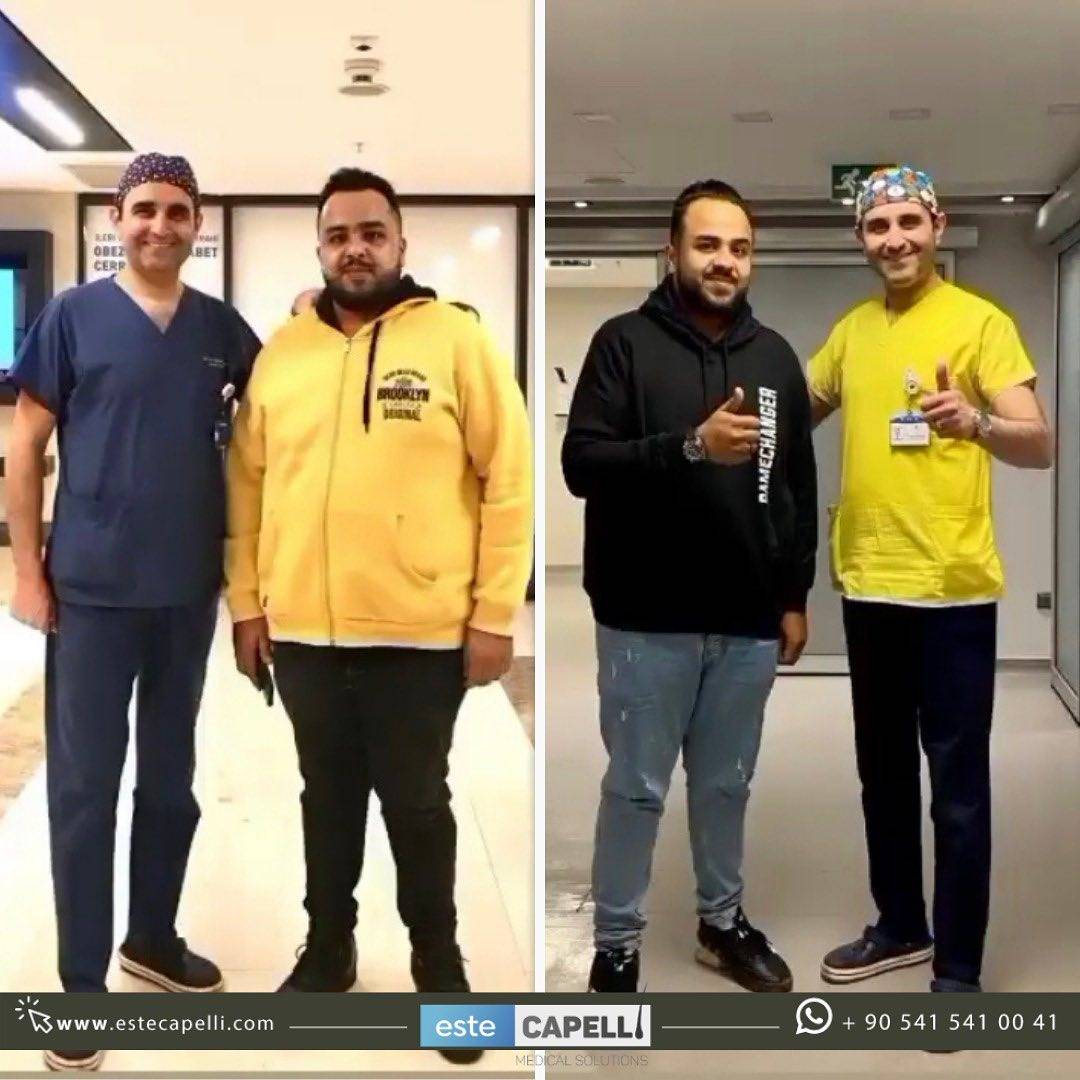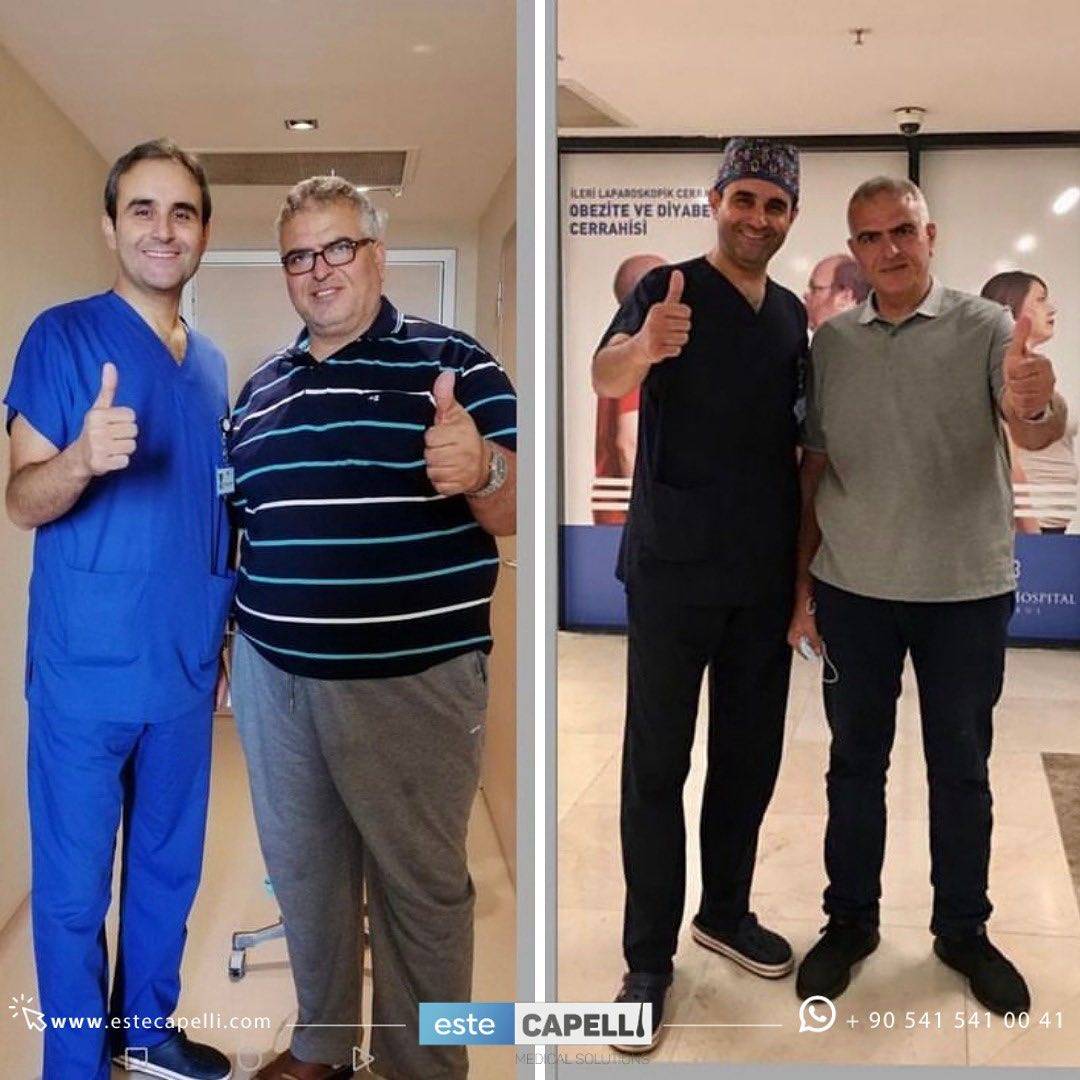
Gastric bypass surgery, specifically the Roux-en-Y variation, stands as a pivotal intervention for substantial weight loss. By surgically creating a small stomach pouch, it dramatically limits food intake. Subsequently, the pouch is connected to the small intestine, bypassing a significant portion of the digestive tract. Consequently, this procedure not only curtails the volume of food one can consume but also the body’s ability to absorb calories. Renowned for its effectiveness, Roux-en-Y has become a beacon of hope for individuals struggling with severe obesity, promising a path towards a healthier weight and lifestyle.
What is Gastric Bypass?
Gastric bypass, notably the Roux-en-Y procedure, is a significant surgical stride toward combating severe obesity. This intricate operation involves the creation of a minuscule stomach pouch, which is then attached directly to the small intestine. Effectively, it enforces a reduction in food consumption and nutrient absorption. The surgery is reserved for those whose efforts in dieting and physical activity have failed to yield the desired weight loss results. By undergoing this procedure, patients may see a decrease in life-threatening risks associated with excessive weight, such as:
- Elevated blood pressure
- Sleep apnea
- Type 2 diabetes
- Certain types of cancer
The promise of improved health post-surgery is a driving force for many facing such critical health concerns.
Procedure Details
Operation Time
1.5-2 hours
Hospital Stay
2 days
Hotel Stay
4 days
Healing Time
2 – 3 weeks
Risks of Gastric Bypass
Undergoing gastric bypass, particularly the Roux-en-Y technique, brings with it a spectrum of risks that necessitate consideration. Initially, the patient faces potential hazards common to abdominal surgeries, including:
- Uncontrolled bleeding
- Postoperative infections
- Negative reactions to anesthesia
- Formation of blood clots
- Respiratory complications
- Gastrointestinal leaks
Moreover, the journey beyond the operating room unveils long-term complications. Individuals may encounter bowel obstructions or experience dumping syndrome, characterized by diarrhea, nausea, and vomiting. Other possible challenges include the development of gallstones, hernias, and stomach perforations. There’s also a risk of nutritional deficiencies leading to conditions such as hypoglycemia and malnutrition. Additionally, the emergence of ulcers and the discomfort of chronic vomiting present hurdles to postoperative recovery. Although rare, it’s critical to acknowledge that severe complications from Roux-en-Y gastric bypass could be life-threatening, underscoring the importance of meticulous medical oversight.


GET FREE CONSULTATION
What to Expect Before Surgery?
Anticipating Roux-en-Y surgery necessitates a series of preparatory steps. Initially, individuals should engage in a structured physical activity regime. Additionally, ceasing tobacco use is imperative to enhance surgical outcomes and recovery. Approaching the date of the procedure, patients will face dietary restrictions and alterations to their medication regimen. Such measures are critical to minimize surgical risks and promote healing.
- Engage in regular physical exercise.
- Quit tobacco and nicotine products completely.
Sharon Osbourne‘s candid reflection on her gastric bypass journey reveals the complex emotions surrounding such a transformative experience. Opting for surgery in 1999, she initially perceived it as a shortcut, a sentiment that led her to remove the band by 2006, turning to diet and exercise for weight maintenance.
Moreover, foresight is crucial for postoperative recuperation. Organizing assistance at home post-surgery is a proactive measure that can facilitate a smoother recovery. Gastric bypass, a hospital-based surgery, generally requires a stay ranging from one to two days, although this can extend if necessary. Throughout this period, medical professionals will monitor the patient’s progress, ensuring a safe transition to post-surgical life. This comprehensive preparation is a testament to the patient’s commitment to a successful health transformation.
During Surgery
Prior to the commencement of gastric bypass, or Roux-en-Y, the patient is rendered unconscious with general anesthesia, ensuring a pain-free experience. This surgery might be executed via an open approach or, more commonly, laparoscopically, which involves multiple minor incisions. In the process, the surgeon constructs a small pouch from the upper stomach segment, limiting the food capacity to about an ounce.
- Surgeon separates the top segment of the stomach.
- Small walnut-sized pouch created.
- Pouch attached to the small intestine’s midsection.
Hence, food consumption is directly channeled into this pouch and then into the small intestine, bypassing the majority of the stomach and initial intestine segment. The procedure spans a few hours, followed by a recovery period under vigilant medical supervision to detect any surgical complications.
After Surgery
Postoperative care following a Roux-en-Y gastric bypass is a gradual journey back to solid foods. Initially, patients adhere to a liquid diet to facilitate healing. Progressing through stages, they shift from liquids to pureed meals, then onto softer options, and eventually more substantial fare as tolerance improves. Essential supplements like multivitamins, calcium, and vitamin B-12 become a daily necessity to compensate for altered nutrient absorption. Regular medical appointments become a staple in the subsequent months, with comprehensive tests ensuring recovery stays on course. Patients may navigate various physical adjustments during this period, including fatigue, a chill, and changes in skin and hair condition, alongside emotional fluctuations.
Results of Gastric Bypass
Gastric bypass, particularly the Roux-en-Y procedure, has been shown to yield significant and sustained weight loss. Over a two-year period, patients often shed a substantial portion of their surplus weight, with outcomes varying according to surgical technique and lifestyle adjustments. Notably, this weight reduction is accompanied by health improvements, including the alleviation of conditions typically linked with obesity. Patients frequently experience:
- Diminished symptoms of gastroesophageal reflux disease
- Lowered risk factors for heart disease
- Reduction in high blood pressure instances
- Decreased levels of high cholesterol
- Alleviation of obstructive sleep apnea
- Better control of Type 2 diabetes
- Reduced likelihood of stroke
- Increased fertility prospects
According to Ted D. Adams and colleagues, six years post-gastric bypass, patients show a 27.7% weight loss versus negligible changes in controls. Moreover, diabetes remission soars in the surgery group, with a stark reduction in new diabetes cases, underscoring the surgery’s long-term health efficacy.














